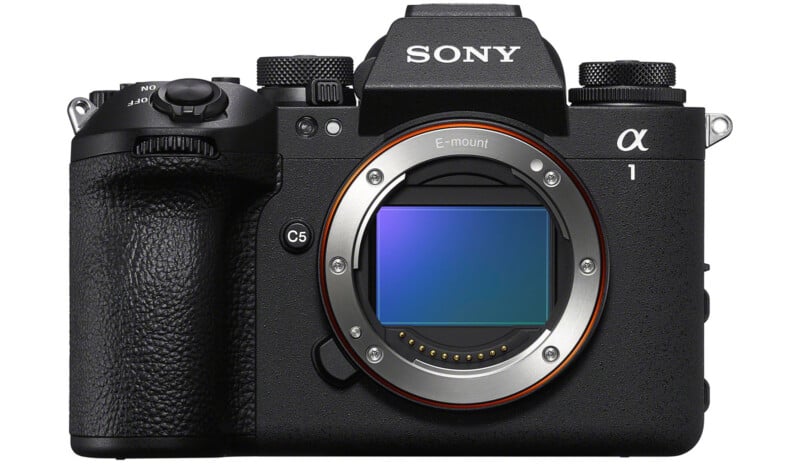The Sony a1 series has been in a slightly awkward position since the a7R V and a9 III landed, each sporting a new dedicated artificial intelligence processor and improved autofocus features. The a9 III especially brought a lot to the table, including an excellent new design and user experience. Finally, Sony’s flagship camera has these new features, bringing much-needed modernization.
At its core, the a1 Mark II is an awful lot like its predecessor. It has the same 50.1-megapixel stacked image sensor and the same image processor. Sure, there is a new dedicated AI processor that powers autofocus and some image processing — for JPEGs, at least — but the overall imaging pipeline is unchanged. Whatever photographers got in terms of image quality from the original a1 is what they can expect with the a1 II.
However, numerous upgrades on offer aim to make the a1 II a more powerful, enjoyable camera to use and, ultimately, capture high-quality photos more reliably. One of the more meaningful improvements on offer is the new in-body image stabilization, which now offers 8.5 stops of stabilization.

While the new IBIS helps keep photographers and videographers stable, the improved autofocus system aims to increase the rate of keepers, especially during high-paced action shooting. The a1 II still shoots at up to 30 frames per second, the same as its predecessor, but the autofocus system promises improved speed and accuracy thanks to the additional AI processing power and the implementation of more robust subject detection. Sony promises a 50% improvement in eye detection for birds, 30% for animals, and 30% for humans compared to the original a1. There is also a new automatic subject detection mode, so photographers no longer need to pick people, animals, or vehicles separately.
The core autofocus system is the same — 759 points covering about 92% of the full-frame image area. It is accurate to -4 EV and phase-detect AF works down to f/22. The components surrounding the system have changed, and Sony argues that the impact is meaningful.
![]()
Unsurprisingly, sheer shooting speed hasn’t changed given the use of the same imaging pipeline, but there are also performance tweaks. The a1 II offers pre-capture shooting, a boon for sports and wildlife photographers. This mode has an up to one-second buffer, enabling up to 30 frames to be shot before the shutter is fully depressed.
While the a1 II requires its swift electronic shutter for its fastest shooting speeds, the camera still has a mechanical shutter option. While this may seem odd in the age of fast electronic shutters, the a1 II has the same impressive 1/400 second flash sync speed as its predecessor, although only when using the mechanical shutter. The electronic shutter syncs at 1/200 second.
![]()
From the operability side, the a1 II borrows heavily from the a7R V and a9 III. The improved grip design and control layout of the a9 III, including its Boost button, makes its way to the a1 II. The grip itself is deeper, and based on how the a9 III handled, will feel excellent in the hand. The user interface has also been refreshed to keep pace with the a7R V and a9 III, complete with an updated, improved menu layout.
![]()
There are significant changes to displays with the a1 II. Whereas the a1 had a tilting screen, the a1 II gets the four-axis multi-angle LCD of the a9 III. This 3.2-inch panel has 2.1 million dots. The EVF has been upgraded and is the same 9.44-million dot OLED as the a9 III’s EVF. It has a 120Hz refresh rate with no noticeable drop in quality and a faster 240Hz option, which comes with a resolution dip.
![]()
Other interface features haven’t changed. Like its predecessor, the a1 II features dual CFexpress (3.0) Type A card slots, which double as UHS-II SD card slots. It also has a full-size HDMI port, USB-C, and an Ethernet port, which actually is upgraded to 2.5Gbps, two and a half times faster than the a1’s port. The a1 II uses the same FZ-1000 battery, although the camera ships with Sony’s new dual battery charger.
Pricing and Availability
The Sony a1 II will ship in mid-December and retail for $6,499, the same launch price as the original a1 brought in January 2021.
